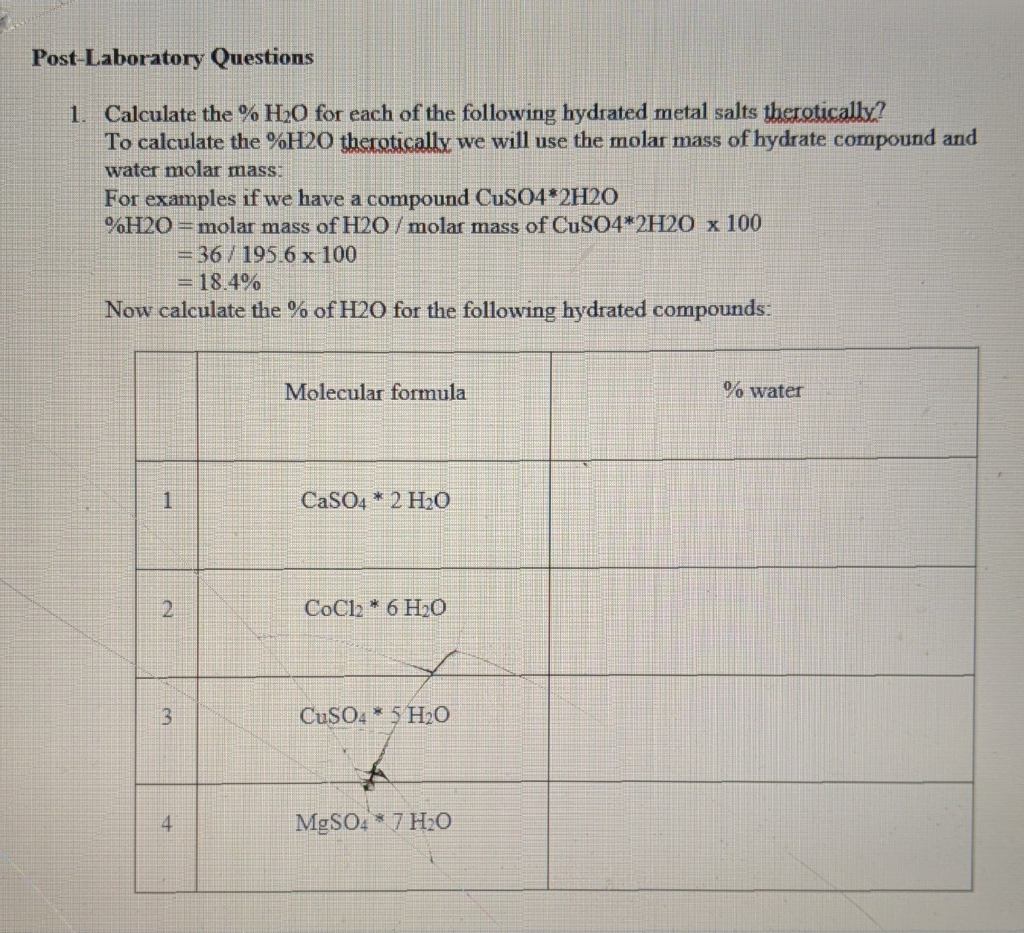

Multiplying by the molar mass constant ensures that the calculation is dimensionally correct: standard relative atomic masses are dimensionless quantities (i.e., pure numbers) whereas molar masses have units (in this case, grams per mole). For normal samples from earth with typical isotope composition, the atomic weight can be approximated by the standard atomic weight or the conventional atomic weight. The molar mass of atoms of an element is given by the relative atomic mass of the element multiplied by the molar mass constant, M u = 0.999 999 999 65(30) ×10 −3 kg⋅mol −1. Main articles: Relative atomic mass and Standard atomic weight The molar mass of a compound in g/mol thus is equal to the mass of this number of molecules of the compound in g.

Since 2019, a mole of any substance has been redefined in the SI as the amount of that substance containing an exactly defined number of particles, 6.022 140 76 ×10 23. During that period, the molar mass of carbon-12 was thus exactly 12 g/mol, by definition. Until 2019, the mole was defined as the amount of substance that has as many constituent particles as there are atoms in 12 grams of carbon-12. Since 1971, SI defined the "amount of substance" as a separate dimension of measurement. Thus, for example, the molar mass of iron is about 55.845 g/mol. Thus, for example, the average mass of a molecule of water is about 18.0153 daltons, and the molar mass of water is about 18.0153 g/mol.įor chemical elements without isolated molecules, such as carbon and metals, the molar mass is computed dividing by the number of moles of atoms instead.

The mole was defined in such a way that the molar mass of a compound, in g/mol, is numerically equal (for all practical purposes) to the average mass of one molecule, in daltons. However, for historical reasons, molar masses are almost always expressed in g/mol.

In the International System of Units (SI), the coherent unit of molar mass is kg/ mol. The molar mass is an intensive property of the substance, that does not depend on the size of the sample. The formula weight is a synonym of molar mass that is frequently used for non-molecular compounds, such as ionic salts. The molecular weight is commonly used as a synonym of molar mass, particularly for molecular compounds however, the most authoritative sources define it differently (see Molecular mass). The molar mass is appropriate for converting between the mass of a substance and the amount of a substance for bulk quantities. Most commonly, the molar mass is computed from the standard atomic weights and is thus a terrestrial average and a function of the relative abundance of the isotopes of the constituent atoms on Earth. The molar mass is an average of many instances of the compound, which often vary in mass due to the presence of isotopes. The molar mass is a bulk, not molecular, property of a substance. In chemistry, the molar mass of a chemical compound is defined as the mass of a sample of that compound divided by the amount of substance in that sample, measured in moles.


 0 kommentar(er)
0 kommentar(er)
